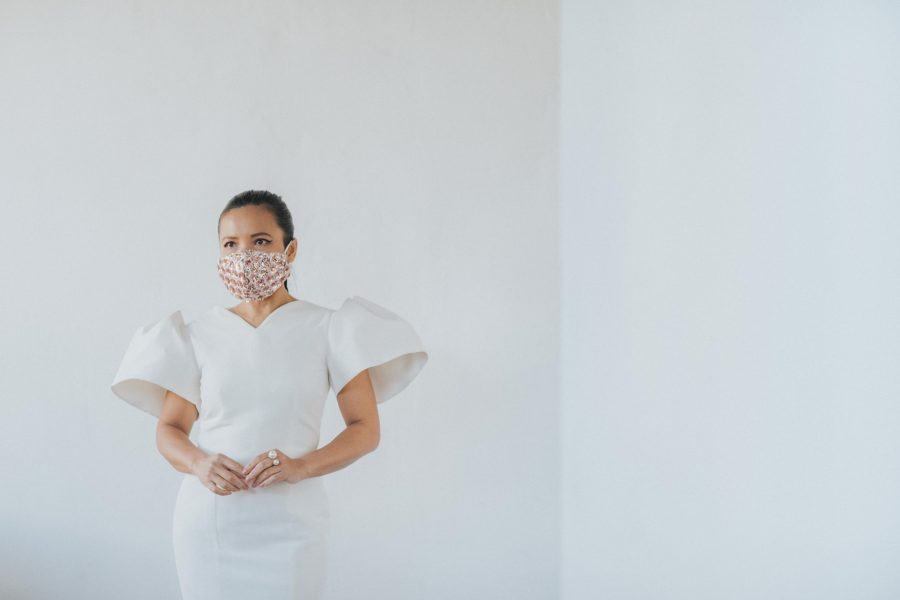
Now that we live in the land of social distancing and face masks, wearing a mask has become a normal, everyday thing. And most of us don’t leave the house without one.
The trouble is, wearing something so close to the delicate skin of your face isn’t doing it any favours. In fact, you’ve probably noticed that your skin has changed. Maybe it’s redder, or perhaps you’ve spotted a few bumps and whiteheads that aren’t normally there?
These are the side effects of the mask. They’re a pain, but there are moves you can make to keep your skin as tip-top as can be. Because masks? We don’t think they’re going anywhere just yet.
What is ‘Maskne’?
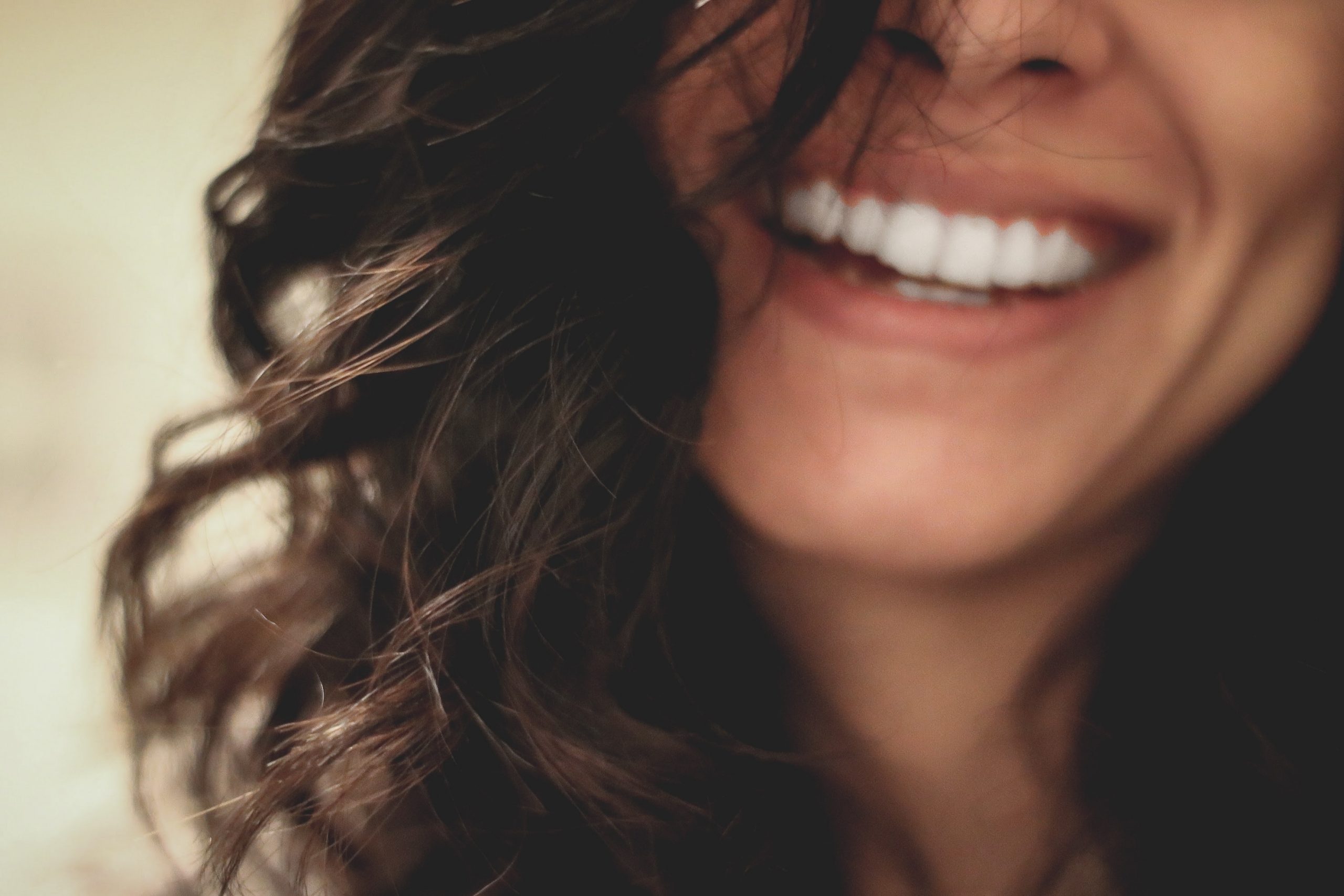
To begin with, ‘maskne’ was a complaint from primarily healthcare, medical and key workers. It’s basically a term used to describe breakouts and irritation that result from wearing a mask.
The truth is, wearing a small piece of fabric over your face for hours at a time traps moisture and bacteria up against your skin. Everything you breathe in and out is caught in the mask, and spends the day rubbing against the lower part of your face.
Which, incidentally, is also likely to cause irritation.
Unfortunately, it’s a side effect that shows how effective wearing a mask can be at combatting coronavirus transmission. The mask creates a seal around your nose and mouth that stops the bacteria and moisture you breathe out from escaping. So if you’re carrying the virus, you’re less likely to pass it on.
But what it also does is create an unpleasant, humid environment on your face that’s paradise for the development of acne.
Lovely.
Most of these little acne breakouts will appear where the mask sits on your face. This is likely on your chin, cheeks, and the bridge of your nose. Whether you notice whiteheads, blackheads and sometimes even cysts can vary from person to person.
There are also certain skin conditions that are likely to flare up as a result of the dreaded maskne. Wearing a mask often is likely to trigger various forms of dermatitis, rosacea and eczema.
Prevention and Treatment
Frustrating and even debilitating, physically and mentally, maskne can be difficult to deal with. The biggest issue is the cause – we can’t just stop wearing masks.
No, seriously. Keep the mask on!
But there are a few things we can do to prevent breakouts as much as possible…
#1 Skip the Make-Up
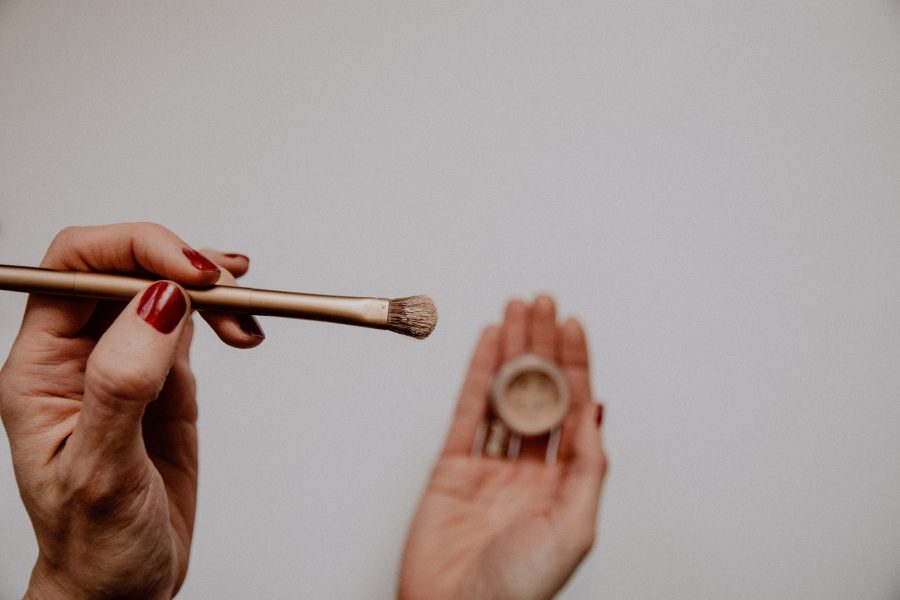
First things first. If you wear make-up, ditch it.
Heavy foundations, creams and powders are doing your face no good. It’s an extra layer on your face, prime for getting into those open pores under your mask. If you absolutely can’t leave the house without it, try a tinted moisturiser instead for a lighter option.
But really, who’s going to see your face, anyway?
#2 Cleanse Your Face
With any luck, you’re already washing your hands regularly. What you also have to remember is to avoid touching your face. And that doesn’t mean you don’t have to wash your face, either.
You do.
Use a gentle cleanser to wash away oil, dirt and bacteria before you put on your mask each day. This will prevent the aforementioned from getting trapped in a little acne-packed vacuum around your face, which will go a long way to preventing maskne.
It’s just as important to wash your face when you remove the mask, too. But with all the added face washing, be aware that a cleanser that isn’t gentle enough is likely to dry out your skin and strip away your natural oils.
Opt for something that prevents that extra irritant – perhaps a cleanser that’s applied with a cotton pad rather than a wash.
#3 Exfoliate. Chemically.
Remember those whiteheads we talked about earlier? Well, cleansing will help with those, but it’s better to prevent them from forming in the first place.
A chemical exfoliant with salicylic acid is your best bet for exfoliating, clarifying and toning. Apply this to your face once a week and don’t overdo it – particularly if you have sensitive skin.
As a bonus, in the long run this will both brighten and soften your skin!
#4 Soothe
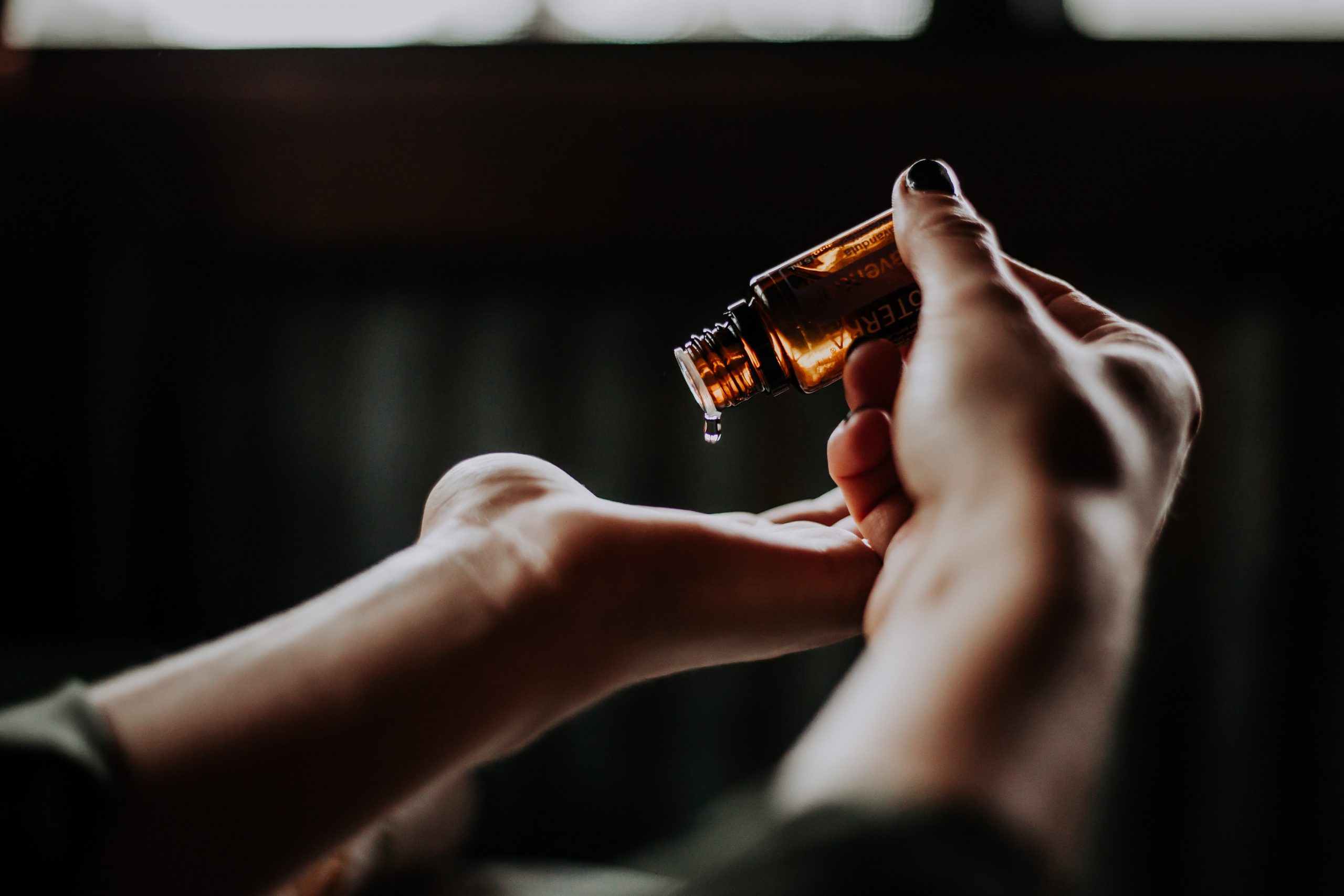
All that cleansing and exfoliating can sometimes make your face feel tight and dry, particularly if you’re using strong chemicals that aren’t well suited to your skin type. So it’s important to soothe this by adding back the moisture you’ve lost.
Ideally, look for products that are non-comedogenic and without added fragrances. Those that contain hyaluronic acid are even better for hydrating, soothing and restoring the natural protective barrier of your skin.
If you’re struggling with particularly dry skin, or even eczema, then in the short term you can throw on an over-the-counter cortisone cream. This isn’t a long-term solution, but can help to ease irritation and inflammation until your skin is feeling more normal.
#5 Use a Different Kind of Mask
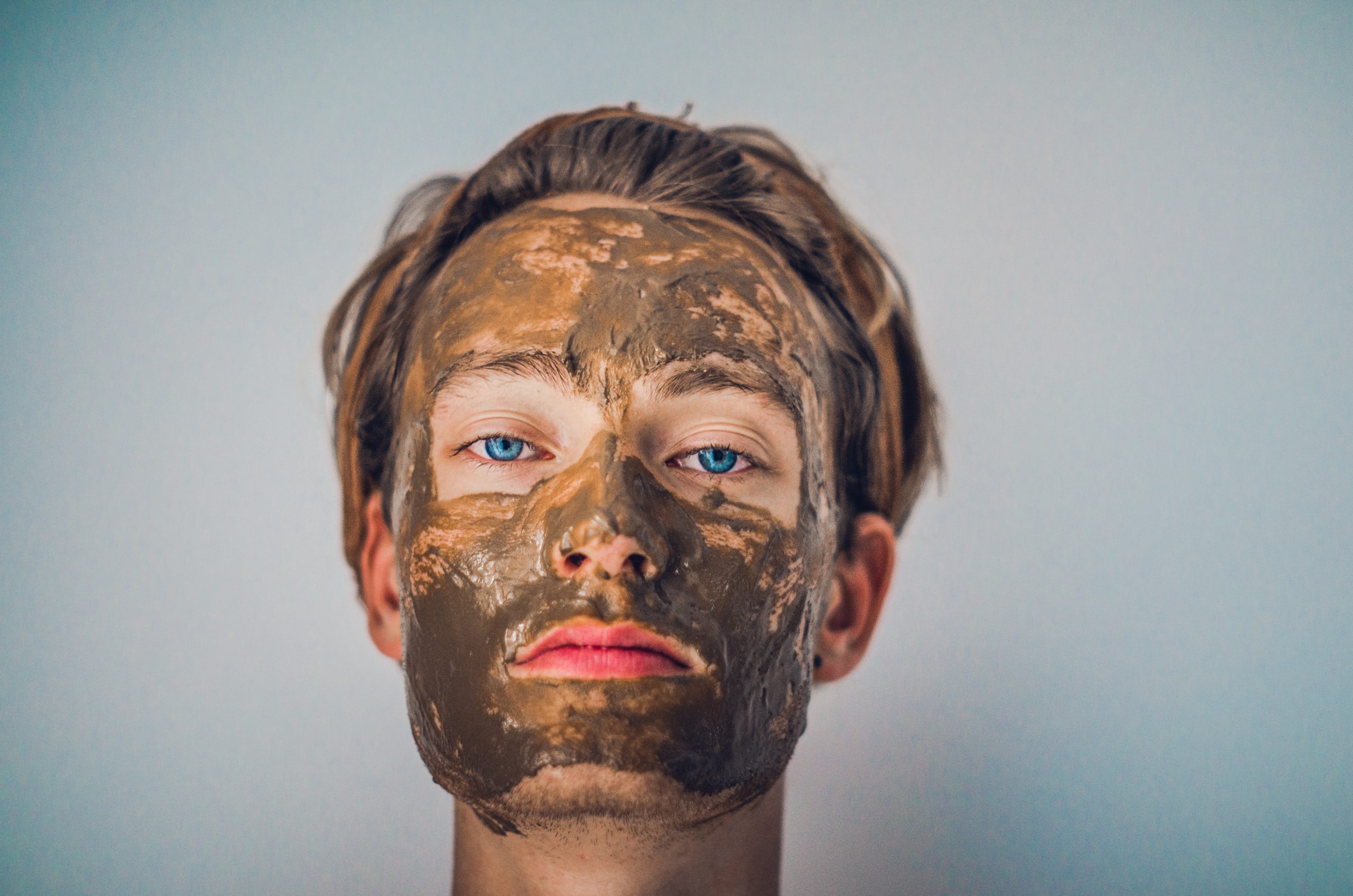
Once upon a time, face mask meant something entirely different. Don’t forget about them now!
Clay masks are great for acne-prone skin in general, and if you’re dealing with maskne, they’re great for drawing out impurities in the skin and clearing blocked pores.
You don’t need to apply a clay mask every day, but we’d recommend indulging in one (and a little self-care) around once a week to see results. Overuse is likely to strip your skin of its natural oils and dry your face out further.
#6 Add a Barrier
For skin that’s already succumbed to maskne, there are things you can do to prevent it worsening. Your skin is likely to be chapped, sore and uncomfortable, so adding a barrier between your skin and your face mask is obviously going to help.
Choose a balm that’s hydrating, and you’ll find that it soothes and prevents bacteria from spreading further.
#7 Try Pimple Patches
Ever-growing in popularity, pimple patches are perfect for adding another physical barrier between the delicate skin of your face, and your mask.
There are a whole range of patches available, and they can not only prevent the particularly sore parts of your face from further irritation, but they apply acne medication too.
We’d suggest either patches or a barrier cream, though. Both is just overkill.
#8 Always Wash Your Mask!
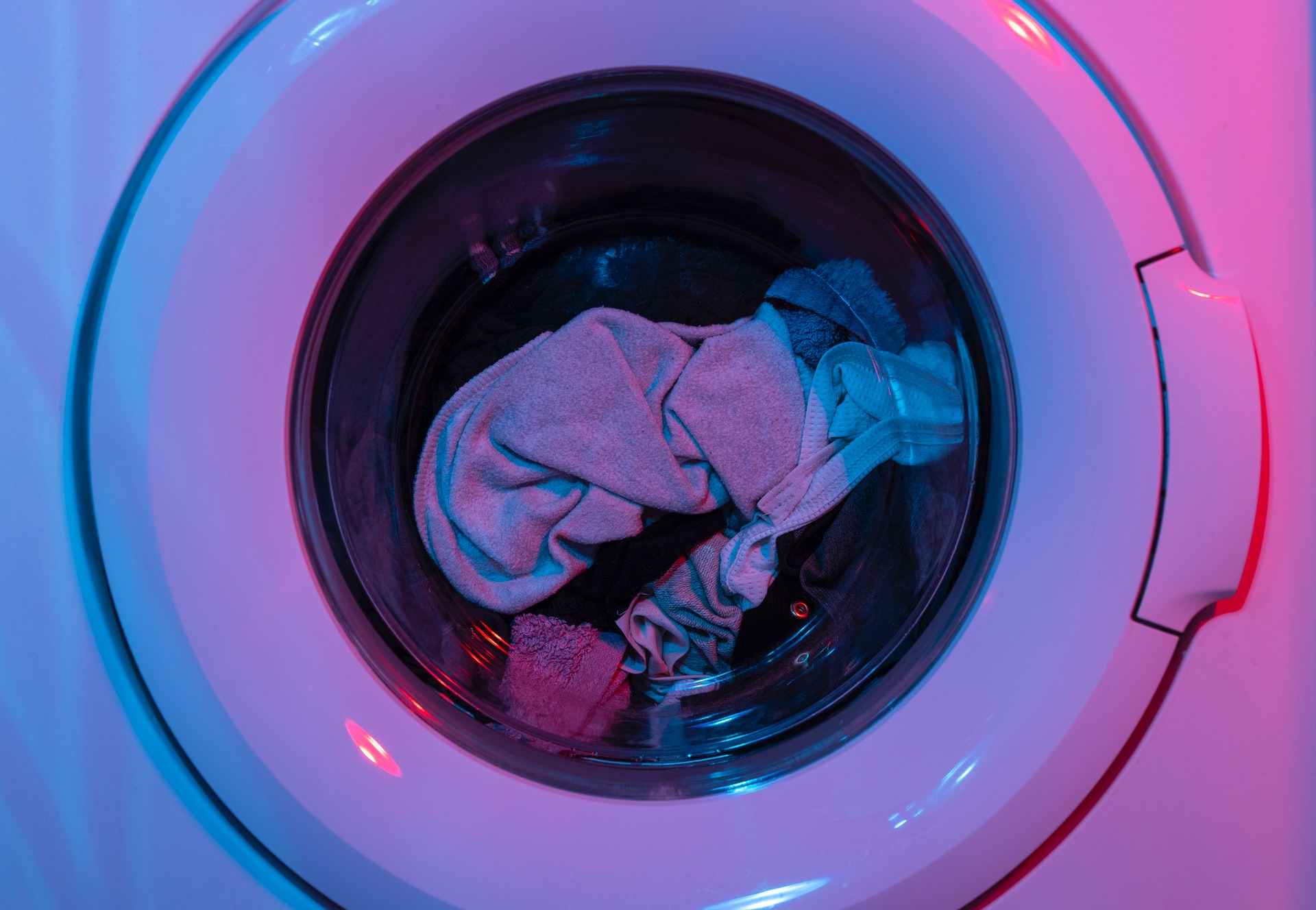
The bottom line is, you can implement all of the above advice and get absolutely nowhere if you’re not washing your mask regularly.
By regularly, we mean every single time you wear it. There’s no miraculous self-cleaning mask (as far as we’re aware) and it’s not likely we’re going to be told we don’t need them anytime soon.
Do yourself a favour and sling it in the wash when you get home.
Try to have several masks available for rotation, which will make things simpler. And choose a hot wash and a gentle fabric softener. Remember, most washing detergents for clothes weren’t designed with the skin of your face in mind, so the gentler, the better.
The last thing you need is for all your hard work to be rewarded with squat. Dirt, oil, bacteria and the added humidity in your mask are all going to work together to create maskne. So wash your mask each time you wear it and save yourself the trouble in the long run.